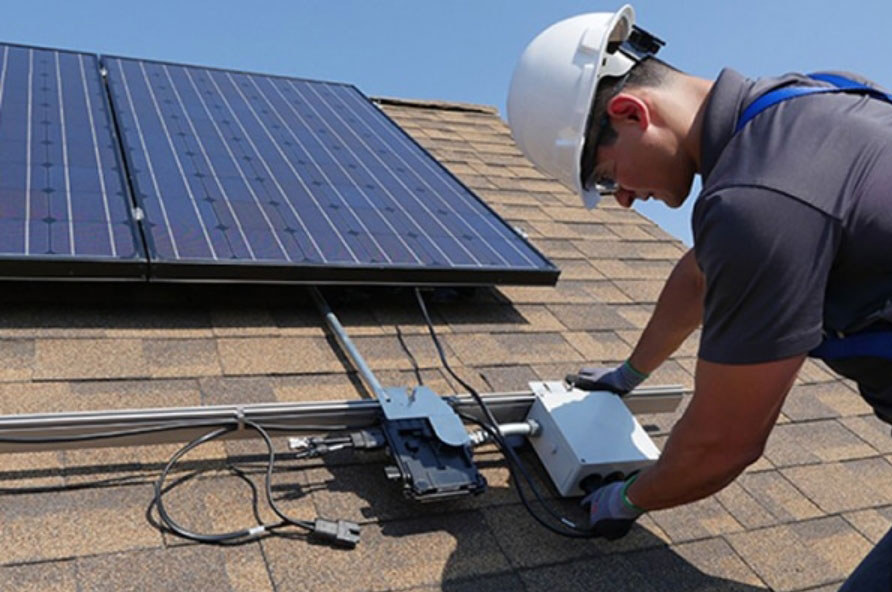
The future of solar energy is bright, with microinverter playing a significant role in shaping the landscape. Here’s an exploration of the trends and factors contributing to the growing popularity of microinverter in the solar industry:
Enhanced Efficiency and Performance
Microinverter are set to become even more popular as their efficiency and performance advantages become widely recognized. They convert DC to AC electricity at each panel, maximizing energy production, especially in varied shading conditions or orientations. This efficiency boost not only makes solar installations more productive but also more financially appealing.
Technological Advancements
Innovations in microinverter technology are expected to continue, leading to smaller, more powerful, and more efficient units. Advances in semiconductor materials, power electronics, and software algorithms will enhance their functionality and integration with smart grid technologies, enabling more dynamic energy management and storage solutions.
Decreasing Costs
As the market for microinverter expands and production scales up, costs are likely to decrease. Economies of scale, combined with technological improvements, will make microinverter more affordable, lowering the barrier to entry for residential and commercial solar projects.
Increased Solar Penetration in Residential Markets
Microinverter are particularly suited for residential solar installations due to their scalability, ease of installation, and the ability to maximize output from small or irregularly shaped installations. As homeowners become more aware of the benefits of solar energy and seek more efficient and manageable systems, the demand for microinverter is expected to rise.
Integration with Smart Home Technologies
The future of microinverter is also linked to their integration with smart home technologies. They are increasingly being designed to work seamlessly with home energy management systems, allowing homeowners to optimize their energy use, store excess energy, and even participate in demand response programs.
Focus on Reliability and Longevity
Manufacturers are likely to place greater emphasis on the durability and reliability of microinverter. With warranties extending up to 25 years, matching the lifespan of solar panels, consumers can expect more robust products designed to withstand environmental stresses over long periods.
Sustainable and Eco-Friendly Solutions
As the environmental impact of manufacturing and disposing of solar components comes under greater scrutiny, the industry is moving towards more sustainable practices. Future microinverter may use recyclable materials, be easier to disassemble for recycling, and have a smaller overall environmental footprint.
Global Market Expansion
The adoption of microinverter is not limited to mature solar markets but is expanding globally, especially in emerging economies with increasing energy needs. As these markets grow, microinverter will be a key component in providing scalable, efficient, and reliable solar energy solutions.
In conclusion, the future trends in solar energy indicate a significant role for microinverter, driven by technological advancements, cost reductions, and a growing demand for efficient and reliable solar energy solutions. Their integration with smart technologies and sustainable practices further solidifies their position in the evolving landscape of renewable energy.
